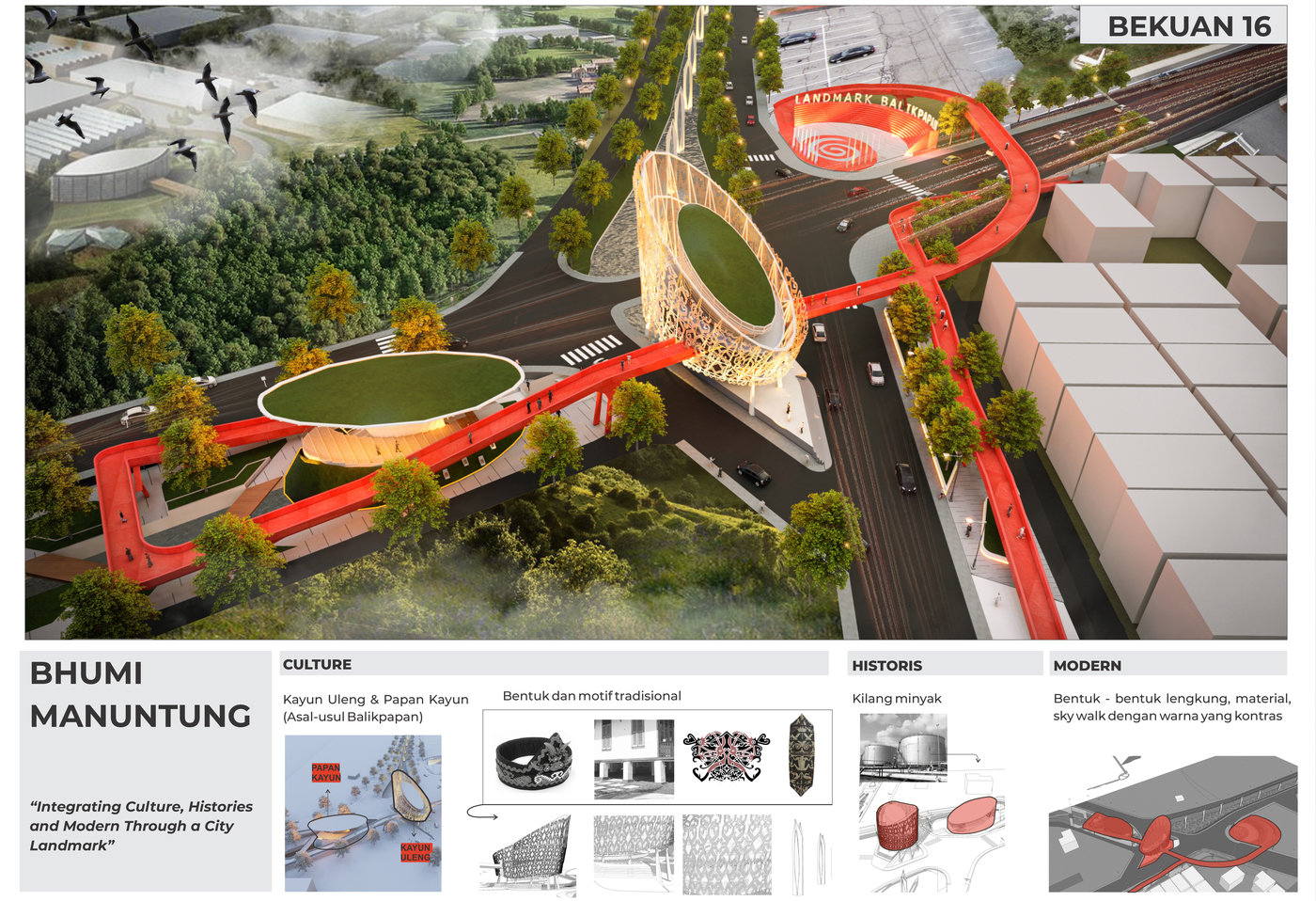13th-Century Architectural Finds In Binnenhof Redevelopment

Table of Contents
Uncovering the Foundations: The Significance of the 13th-Century Structures
The Binnenhof, now the seat of the Dutch government, boasts a history stretching back to the 13th century. This period saw the construction of crucial buildings that formed the nucleus of what would become this important political center. The recent archaeological work has uncovered remarkably well-preserved remnants of these early structures, providing a unique opportunity to study medieval building practices in The Hague.
The unearthed remains include substantial sections of foundations, parts of load-bearing walls, and surprisingly intact drainage systems. These findings demonstrate sophisticated engineering for the time. The materials used are primarily brick, though some sections incorporate locally sourced stone and even remnants of timber framing.
- Specific architectural features: The discovery of several distinct types of brick, suggesting different phases of construction or sources of materials, is particularly noteworthy. Intricate details within the foundations point to a level of craftsmanship surpassing initial expectations. The presence of well-designed drainage systems speaks to the advanced urban planning of medieval The Hague.
- Unique construction techniques: Analysis of the mortar and bonding techniques used in the brickwork suggests a blend of local and potentially foreign influences. The orientation of the walls and the foundations' depth offer clues to the prevailing architectural styles and knowledge of the period.
- Implications for understanding medieval building practices: These 13th-century Binnenhof architectural finds significantly enhance our understanding of medieval construction in the Low Countries, adding detail to previously sparse historical records.
Artifacts and Daily Life: Glimpses into Medieval The Hague
Beyond the architectural remains, numerous artifacts have been recovered, painting a vivid picture of daily life near the Binnenhof in the 13th century. These finds offer a glimpse into the social, economic, and cultural fabric of medieval The Hague.
Alongside the building foundations, archaeologists uncovered a rich assemblage of pottery shards, various tools (including metalworking implements and domestic utensils), and even personal items like jewelry and fragments of clothing. These artifacts contribute significantly to our knowledge of the people who lived and worked near the Binnenhof.
- Specific examples of artifacts and their significance: The presence of imported pottery suggests a level of trade and interaction with other regions. The quality and variety of tools indicate a range of crafts and trades active in the area. The types of personal items discovered offer insights into fashion and personal adornment.
- Evidence of trade and commerce: The variety and quality of pottery shards indicate a bustling marketplace and extensive trade networks connecting The Hague to other parts of Europe.
- Insights into the social hierarchy: Variations in the quality and types of artifacts discovered may reflect the social stratification of medieval society, suggesting distinct living standards among inhabitants of the area.
Reinterpreting the Binnenhof's History: Impact of the Archaeological Discoveries
The 13th-century Binnenhof architectural finds significantly challenge and reshape existing historical narratives. Previous historical accounts, relying primarily on textual evidence, offered a limited picture of the site's development. These new archaeological discoveries offer a more concrete and detailed understanding of the Binnenhof’s early history.
- Specific historical accounts that are supported or challenged: The scale and complexity of the uncovered structures contradict some earlier assumptions about the Binnenhof's relatively modest beginnings. The finds provide material evidence supporting, refining, or even contradicting existing historical accounts of the site's development.
- Implications for the ongoing Binnenhof redevelopment project: The discovery of these significant archaeological remains has profoundly impacted the ongoing redevelopment project. Careful preservation measures are now integrated into the construction plans, ensuring the protection of this vital piece of Dutch heritage.
- Future research possibilities and their potential significance: Further analysis of the artifacts and structures promises to reveal even more about the Binnenhof’s early history, its relationship with the wider city of The Hague, and the daily lives of its inhabitants.
Preservation and Public Engagement: Sharing the Discoveries
Preserving these invaluable 13th-century Binnenhof architectural finds is paramount. A multi-disciplinary team of archaeologists, conservators, and historians is working to meticulously document, preserve, and analyze the finds. Advanced techniques are employed for the conservation and stabilization of the fragile materials.
- Specific preservation techniques employed: These include specialized cleaning methods, controlled environmental conditions, and digital documentation.
- Details about planned museum exhibitions or online resources: A dedicated online archive, showcasing the findings through high-resolution imagery, detailed descriptions, and interactive 3D models, is planned. Further, museum exhibits are under development to allow the public to engage with these significant discoveries.
- Importance of protecting historical sites for future generations: The careful preservation and public engagement initiatives highlight the importance of safeguarding historical heritage for future generations and promote public appreciation of archaeology and history.
Conclusion
The 13th-century architectural finds unearthed during the Binnenhof redevelopment represent a significant contribution to our understanding of medieval The Hague. These discoveries provide invaluable insights into building techniques, daily life, and the social structures of the time, reshaping our interpretation of this historical landmark. The artifacts and structures discovered offer a compelling glimpse into the past, enriching our knowledge and appreciation of the Binnenhof's rich history.
Call to Action: Learn more about these fascinating 13th-century Binnenhof architectural finds and the ongoing redevelopment project by visiting [link to relevant website/museum]. Stay updated on future discoveries and engage with the rich history of the Binnenhof!

Featured Posts
-
 Blake Lively Lawsuit Hugh Jackman Deposition Rumors Spark Online Debate
May 28, 2025
Blake Lively Lawsuit Hugh Jackman Deposition Rumors Spark Online Debate
May 28, 2025 -
 Program Pembangunan Taman Kota Balikpapan Oleh Wawali Susetyo
May 28, 2025
Program Pembangunan Taman Kota Balikpapan Oleh Wawali Susetyo
May 28, 2025 -
 Bon Plan Smartphone Haut De Gamme Samsung Galaxy S25 512 Go
May 28, 2025
Bon Plan Smartphone Haut De Gamme Samsung Galaxy S25 512 Go
May 28, 2025 -
 Enciso Phillips And Woolfenden New Signings Boost Ipswich Town
May 28, 2025
Enciso Phillips And Woolfenden New Signings Boost Ipswich Town
May 28, 2025 -
 U Turn On Short Term Rental Ban Government Considers Reversal
May 28, 2025
U Turn On Short Term Rental Ban Government Considers Reversal
May 28, 2025
Latest Posts
-
 Munguia Defeats Surace In Rematch A Look At His Winning Adjustments
May 31, 2025
Munguia Defeats Surace In Rematch A Look At His Winning Adjustments
May 31, 2025 -
 Munguia Beats Carace Avenges Previous Knockout Loss
May 31, 2025
Munguia Beats Carace Avenges Previous Knockout Loss
May 31, 2025 -
 Munguias Revenge Decision Victory Against Carace
May 31, 2025
Munguias Revenge Decision Victory Against Carace
May 31, 2025 -
 Jaime Munguias Rematch Victory Strategic Adjustments Pay Off Against Bruno Surace
May 31, 2025
Jaime Munguias Rematch Victory Strategic Adjustments Pay Off Against Bruno Surace
May 31, 2025 -
 Jaime Munguia Avenges Ko Loss Dominant Decision Win Over Bruno Carace
May 31, 2025
Jaime Munguia Avenges Ko Loss Dominant Decision Win Over Bruno Carace
May 31, 2025
